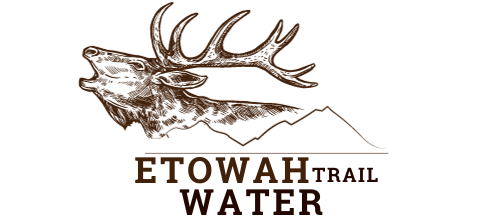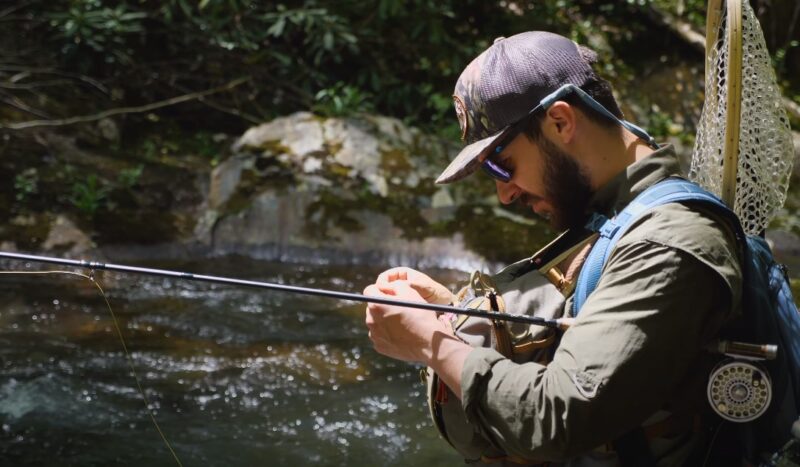Fishing the Lower Etowah River is a venture that promises both a challenging and rewarding experience. Known for its diverse aquatic life and beautiful landscapes, the Lower Etowah is a haven for both casual and serious anglers.
This guide will provide you with a comprehensive overview to maximize your success on this beautiful river. Let’s get started by looking at the geography of the area, understanding the fish species you’re likely to encounter, and exploring the techniques that can increase your chances of a memorable catch.
Geography of the Lower Etowah River
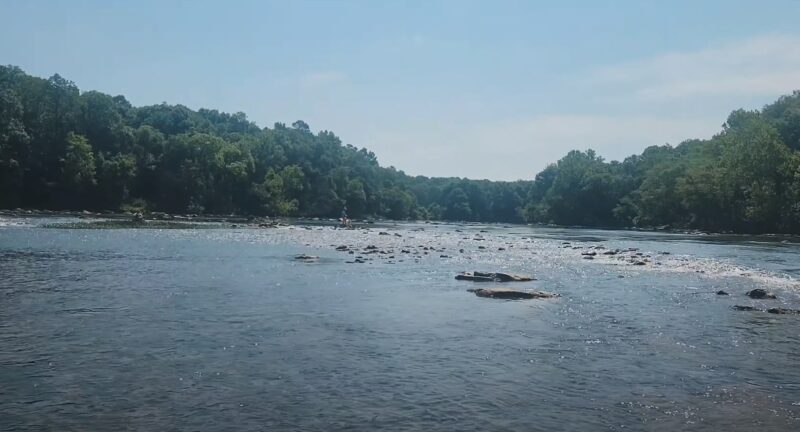
Location and Access Points
The Lower Etowah River runs through the northwest part of Georgia and is a tributary of the Coosa River. For those unfamiliar, this river offers multiple access points that are convenient for anglers. Popular entry points include Euharlee, Rome, and Cartersville.
Each of these has its own set of features that cater to different fishing styles. Euharlee is perfect for those looking to fish in a more serene, less trafficked location. Rome offers a wider area with different terrains, ideal for anglers who like to switch it up a bit.
Cartersville provides a more commercial setting, great for those who want amenities close by. It’s crucial to plan ahead depending on your personal preferences, the type of fish you’re targeting, and the fishing techniques you intend to use.
River Conditions
Being aware of the river conditions is critical for a successful fishing trip on the Lower Etowah. Water levels, temperature, and clarity can all affect fish behavior. Monitoring river conditions is easier than ever, with various online resources and local fishing reports providing daily updates.
Higher water levels generally mean that fish are more dispersed, which can make them harder to locate but also less pressured and potentially easier to catch. On the flip side, lower water levels can make fish easier to locate but possibly more skittish.
The temperature also plays a significant role, with cooler temperatures usually signaling higher fish activity levels. Lastly, clarity is essential, as murky water can make sight fishing nearly impossible, while clear water might require a more stealthy approach.
Local Regulations
Before you head out, it’s essential to familiarize yourself with the local fishing regulations to ensure you’re in compliance. These regulations cover aspects like fishing seasons, size and bag limits, and permitted fishing methods.
Failure to comply can result in heavy fines and even the confiscation of your fishing gear. Local regulations are in place for a reason—namely, to protect the fish populations and their habitats.
Adhering to these rules not only helps you avoid penalties but also contributes to sustainable fishing practices that will benefit future generations of anglers.
Target Fish Species
Largemouth Bass
If it’s the Largemouth Bass you’re after, the Lower Etowah River won’t disappoint. Known for its sizeable bass population, this section of the river offers plenty of opportunities for a rewarding catch.
Fishing for Largemouth Bass is generally most productive in the early morning or late afternoon when these fish are most active. Artificial lures such as crankbaits and spinnerbaits tend to be quite effective, as do soft plastic baits like worms or creature baits.
Keep in mind that bass in the Lower Etowah tends to hang out in and around the cover, so fishing near underwater logs, reeds, or rock formations can be especially fruitful. It’s also worth noting that seasonal patterns play a big role, with spring and fall generally being the most productive times of year for bass fishing.
Catfish
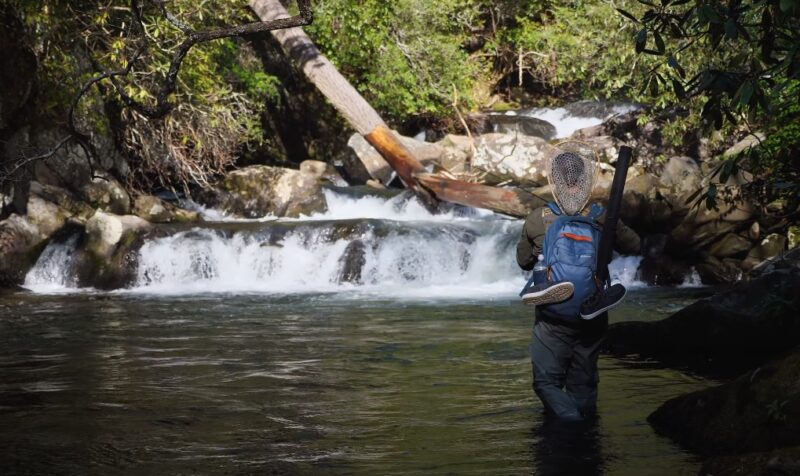
The Lower Etowah River is also a hotspot for catfish, particularly Channel Catfish and Flathead Catfish. These fish are often found in deeper, slower-moving sections of the river and are known for their voracious appetites.
Natural baits like live minnows cut bait, or nightcrawlers can be very effective when targeting catfish. However, many anglers also find success using scented artificial bait. Unlike bass, catfish are more opportunistic feeders and are active throughout the day, although night fishing can be particularly productive.
Trout
Though not as abundant as bass or catfish, the Lower Etowah does offer some opportunities for trout fishing, particularly Rainbow Trout and Brown Trout. These species are more commonly found in the faster-moving, cooler sections of the river.
Fly fishing is a popular method for targeting trout, with various types of nymphs, streamers, and dry flies all being effective at different times of the year. Additionally, spinning tackle with small spinners or spoons can also be effective, particularly for those who are less experienced with a fly rod.
The best times for trout fishing are usually early spring and late fall when the water temperatures are more conducive to trout activity.
Techniques for Success
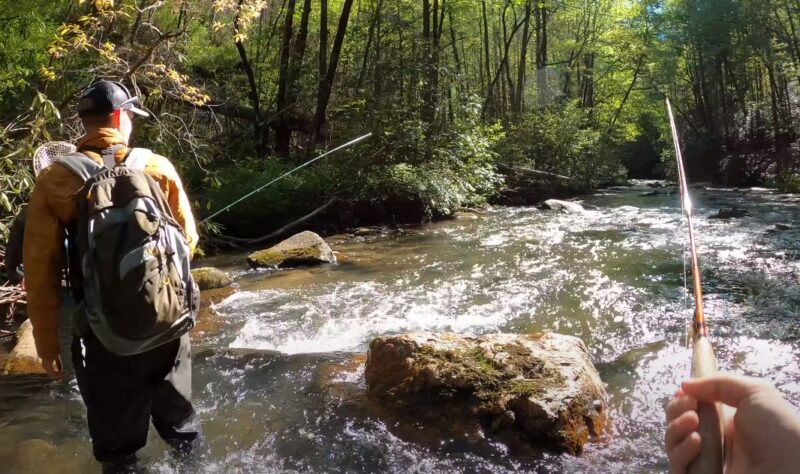
Bottom Fishing
Bottom fishing is a reliable method for many species, especially catfish. Using a simple setup with a sinker, a hook, and your choice of bait, bottom fishing involves casting your line and waiting for the fish to come to you.
You can opt for circle hooks if you’re concerned about gut-hooking the fish, as these hooks are designed to catch the fish in the corner of the mouth. Natural baits such as cut bait, live minnows, or nightcrawlers work well for bottom fishing.
The trick is to cast into areas where the fish are likely to be lurking, such as deep holes, near underwater structures, or in slow-moving sections of the river.
Casting and Retrieving
For those targeting Largemouth Bass or even trout, the casting and retrieving technique can be highly effective. This approach is more active, requiring you to cast your lure and then retrieve it in a way that mimics natural prey.
When it comes to casting and retrieving, your choice of lure is crucial. Crankbaits, spinnerbaits, and soft plastics are popular choices, each with its own specific retrieval method to trigger strikes.
For example, crankbaits are often retrieved in a straight, steady motion, while spinnerbaits can be “jigged” or “buzzed” across the water surface for a more erratic motion.
Fly Fishing
Fly fishing is arguably the most refined and challenging method but can also be the most rewarding, especially for trout. This technique involves using a lightweight, buoyant ‘fly’ that floats on the surface of the water or drifts in the current, simulating natural food.
Unlike other forms of fishing where the weight of the lure or bait carries the line, fly fishing requires specialized casting techniques where the line is weighted. This allows for incredibly precise casts but does require a fair amount of skill and practice.
Flies can range from tiny dry flies to larger streamers and nymphs, depending on the targeted species and current conditions.
Gear Recommendations
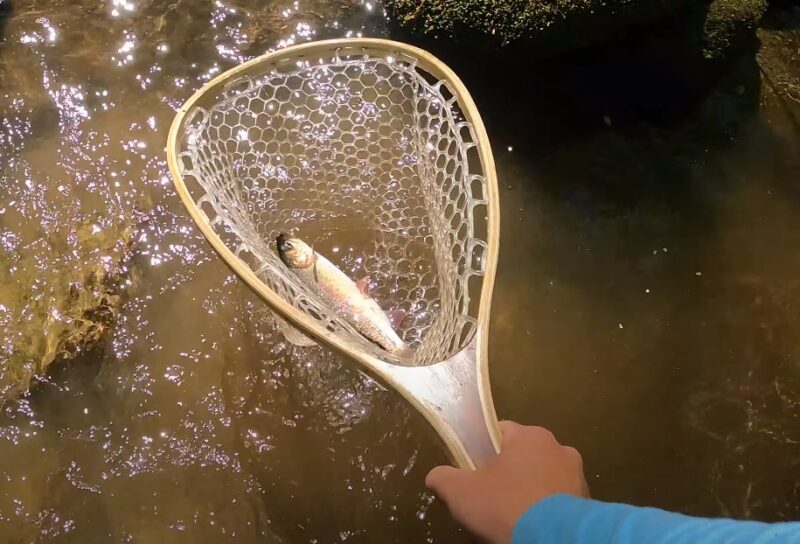
Essential Tackle
You can’t head out for a day on the Lower Etowah River without the right gear. At a minimum, your tackle box should include an assortment of hooks, sinkers, and swivels, as well as a few different types of lures if you’re not planning on using live bait.
For Largemouth Bass, a variety of plastic worms, spinnerbaits, and crankbaits are often effective. If you’re targeting catfish, circle hooks and treble hooks are popular options. Remember that catfish love strong-smelling bait, so consider packing in some stink bait or chicken liver.
Trout anglers will want to bring along an assortment of flies, including nymphs, dry flies, and streamers, as well as some small spinners or spoons if using spinning tackle.
Rod and Reel
Your choice of rod and reel can greatly impact your success on the river. For general-purpose fishing on the Lower Etowah, a medium-heavy rod is often a good choice, providing a good balance of sensitivity and power.
A spinning reel is usually easier for beginners, while a baitcasting reel offers more control for experienced anglers. If you’re specifically targeting trout, a lighter rod with fast action is generally better suited for the finesse required for fly fishing or casting small lures.
On the other hand, if catfish are your primary target, you might want a heavier, more robust rod capable of handling the larger fish.
Additional Gear
Besides your fishing tackle, there are a few additional items that can make your trip more enjoyable and productive. Polarized sunglasses will help you see through the water’s surface and spot fish or underwater structures more easily.
A comfortable, reliable fishing chair or stool can also make a big difference during a long day by the river. Bring along a tackle box with compartments to keep all your hooks, lures, and other small items organized.
And don’t forget essentials like a fishing license, first aid kit, sunblock, and insect repellent. If you plan to keep your catch, a stringer or live well is also a must-have.
Best Times to Fish
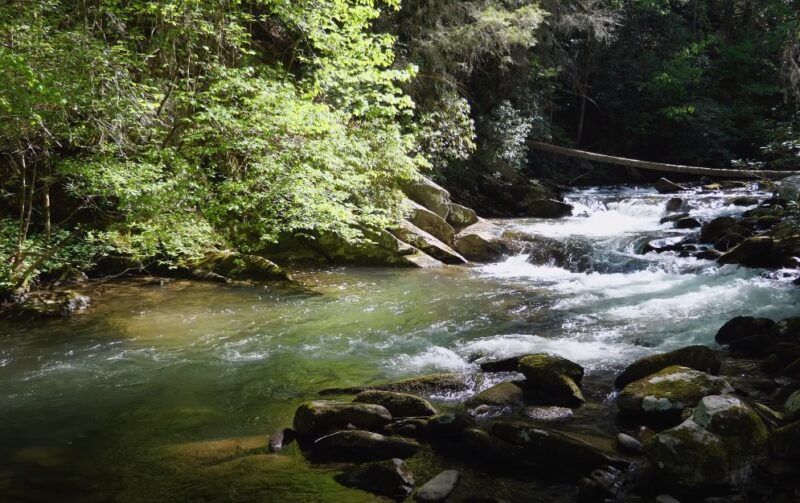
Seasonal Considerations
Each season brings its own unique fishing opportunities on the Lower Etowah River. The spring is generally considered one of the best times for bass fishing, as the fish are actively feeding in preparation for the spawn.
Trout also tend to be more active in cooler water temperatures, making spring and late fall the best times for targeting these species. Summer can be great for catfish, as these fish remain active in warmer water.
However, the heat can make midday fishing tough for other species. Early morning or late afternoon is generally the most productive time during the hot months. Fall brings another peak in bass activity as they feed aggressively to prepare for the winter.
Catfish and trout can also be caught in good numbers during this season, although the specific timing may vary based on water temperatures and other conditions.
Weather Impact
Don’t underestimate the impact of daily weather conditions on fish activity. Overcast days can be excellent for fishing, as the cloud cover often encourages fish to feed more actively throughout the day.
Light rain can also be beneficial, as it breaks up the surface water and can stimulate feeding. However, severe weather conditions like heavy rain or strong winds can make fishing challenging. Heavy rain can muddy the water, making it difficult for fish to see your bait or lure.
Strong winds can make casting accurately a challenge and can also stir up the water, potentially disrupting fish activity.
Lunar and Solar Phases
Many experienced anglers swear by the influence of the moon and sun on fish activity. While the scientific evidence is still inconclusive, there’s plenty of anecdotal evidence to suggest that fishing during a full or new moon can be more productive.
Similarly, solar phases like dawn and dusk are often peak feeding times for many species. The low light conditions during these times make fish feel more secure, encouraging them to venture out in search of food. It’s worth planning your fishing trip around these times whenever possible.
Safety Precautions
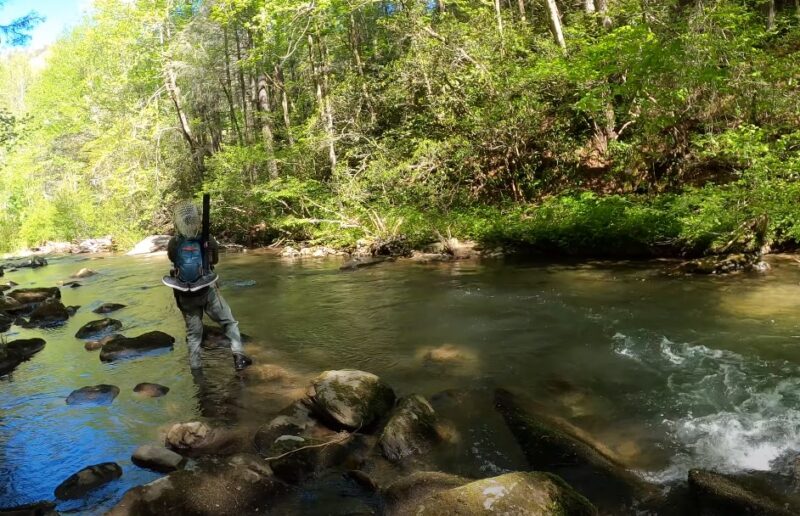
On the Water
Safety should always be your top priority when spending time on the water. Always wear a life vest, even if you’re an excellent swimmer. Rivers can have unpredictable currents, and it’s better to be safe than sorry.
Make sure your boat is in good condition if you’re taking it out on the river. Check the engine, the hull, and all other essential parts to ensure everything is working properly. Always carry a first aid kit, extra food and water, and other emergency supplies.
Handling Fish
When handling fish, it’s essential to minimize stress and physical damage to ensure their survival after release, particularly if you’re practicing catch and release. Use wet hands or gloves to handle the fish, and try to keep it in the water as much as possible.
If you need to remove a hook, use needle-nose pliers and be as quick and gentle as possible. If the fish is hooked deeply, it’s often better to cut the line as close to the hook as possible rather than trying to remove it.
FAQs
Can I go kayak fishing on the Lower Etowah River?
Yes, kayak fishing is a popular activity on the Lower Etowah River. The river’s varying depths and flow rates offer both challenges and opportunities for kayak anglers. However, it’s important to be familiar with the river’s conditions and potential hazards, like submerged objects or rapids, before heading out in a kayak.
Are there any fishing guides available for the Lower Etowah River?
Yes, there are several local guides and outfitters who offer guided fishing trips on the Lower Etowah River. These guides are familiar with the river’s conditions and know where to find fish. They can provide you with invaluable local knowledge, from fishing hotspots to effective techniques for specific species.
What is the average size of Largemouth Bass in the Lower Etowah River?
While the size can vary, Largemouth Bass in the Lower Etowah River typically range from 1.5 to 5 pounds. However, larger specimens exceeding 8 pounds have been reported. It all depends on the location, time of year, and fishing technique.
Are there any invasive species of fish in the Lower Etowah River?
Yes, the Lower Etowah River has had reports of invasive species like the Northern Snakehead and Asian Carp. Anglers are advised to be aware of these species and report any sightings to local wildlife agencies. Releasing invasive species back into the water is illegal and harmful to the native aquatic ecosystem.
What kind of fishing line is best for the Lower Etowah River?
The type of fishing line best suited for the Lower Etowah River largely depends on what species you’re targeting. Monofilament lines are versatile and work well for most species, but fluorocarbon is often preferred for its lower visibility underwater, especially in clear water conditions.
A braided line is typically used for situations requiring higher tensile strength, like fishing in heavy cover or targeting larger species like catfish.
How safe is it to consume fish from the Lower Etowah River?
Before consuming any fish from the Lower Etowah River, it’s crucial to consult state and local advisories about water quality and potential contaminants. Like many water bodies, the Lower Etowah River can have varying levels of pollutants.
Always follow proper fish cleaning and cooking procedures, and limit consumption as advised by local health agencies.
Final Words
Whether you’re a seasoned angler or a beginner, the Lower Etowah River offers a diverse range of fish species and fishing techniques to explore. Remember to always check local regulations, understand the river conditions, and adapt your fishing methods accordingly.
With a bit of planning and the right approach, the Lower Etowah could be the setting for your next great fishing story.
